1. Spices

Your freezer is not the place to store seasonings. In items like pepper, garlic and clove the flavor can change when frozen, so a cool, dry cabinet is the ideal storage spot.
2. Thawed Food
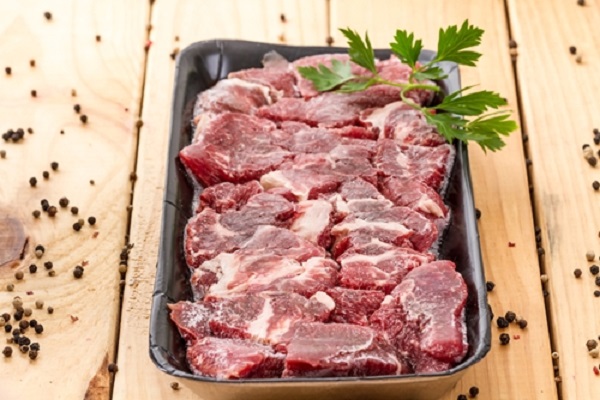
If you left some frozen food out to thaw, but changed your mind on what you want for dinner, you may need to toss the room temperature item – especially meat and seafood. The thawing time already allowed bacteria to grow that could make you sick when you decide to dig in.
3. Canned Food
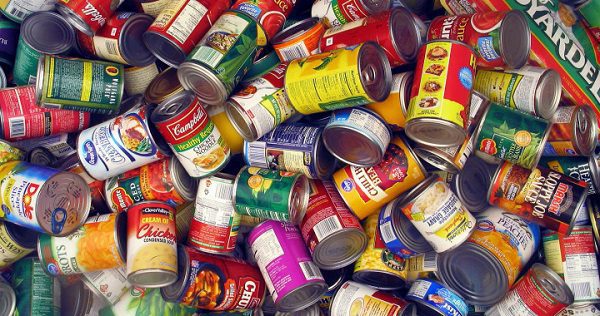
Freezing canned foods or beverages is a no-no – when the liquid inside freezes, the can will expand and likely explode, leaving you with a big mess to clean up.
4. Yogurt
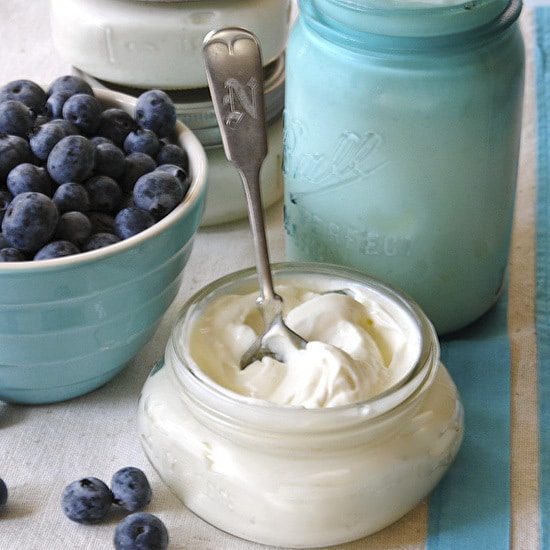
Yogurt, sour cream, buttermilk, cream, custard, and other dairy products will all separate and curdle after getting frozen and thawed. This is the total opposite of what you want.
5. Salad Greens
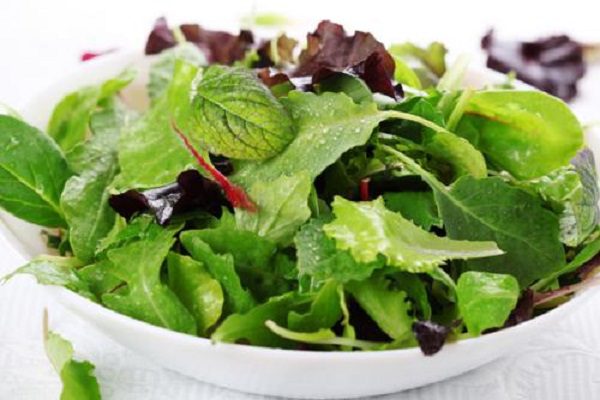
This might sound obvious, but putting fresh, crisp greens into the freezer will result in watery, wilted and limp leaves. Plus, they’ll lose a lot of flavor in the process. Play it safe and relegate them to the crisper drawer in your fridge.
6. Gravy
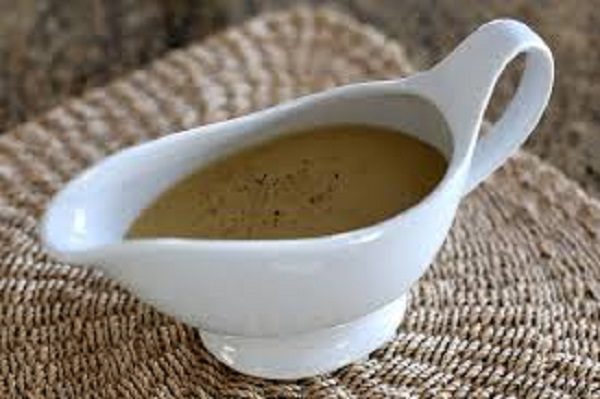
If you thicken your gravy and sauces with flour or cornstarch, they’re not going to be freezer-friendly because they’re 100 percent going to separate awkwardly.
7. Cheese
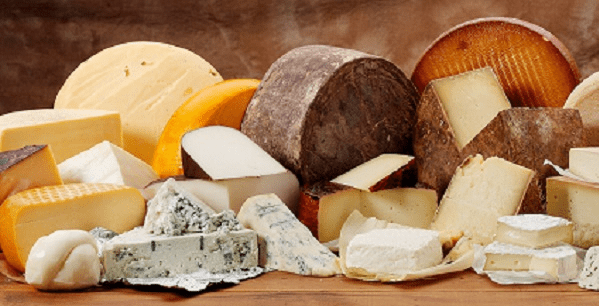
Soft cheeses like ricotta, cream cheese, and goat cheese will separate if they’re frozen and then thawed. This will change the texture in weird ways. You could technically try harder varieties like Parmesan or cheddar, though we’d advise you just keep in the fridge instead.
